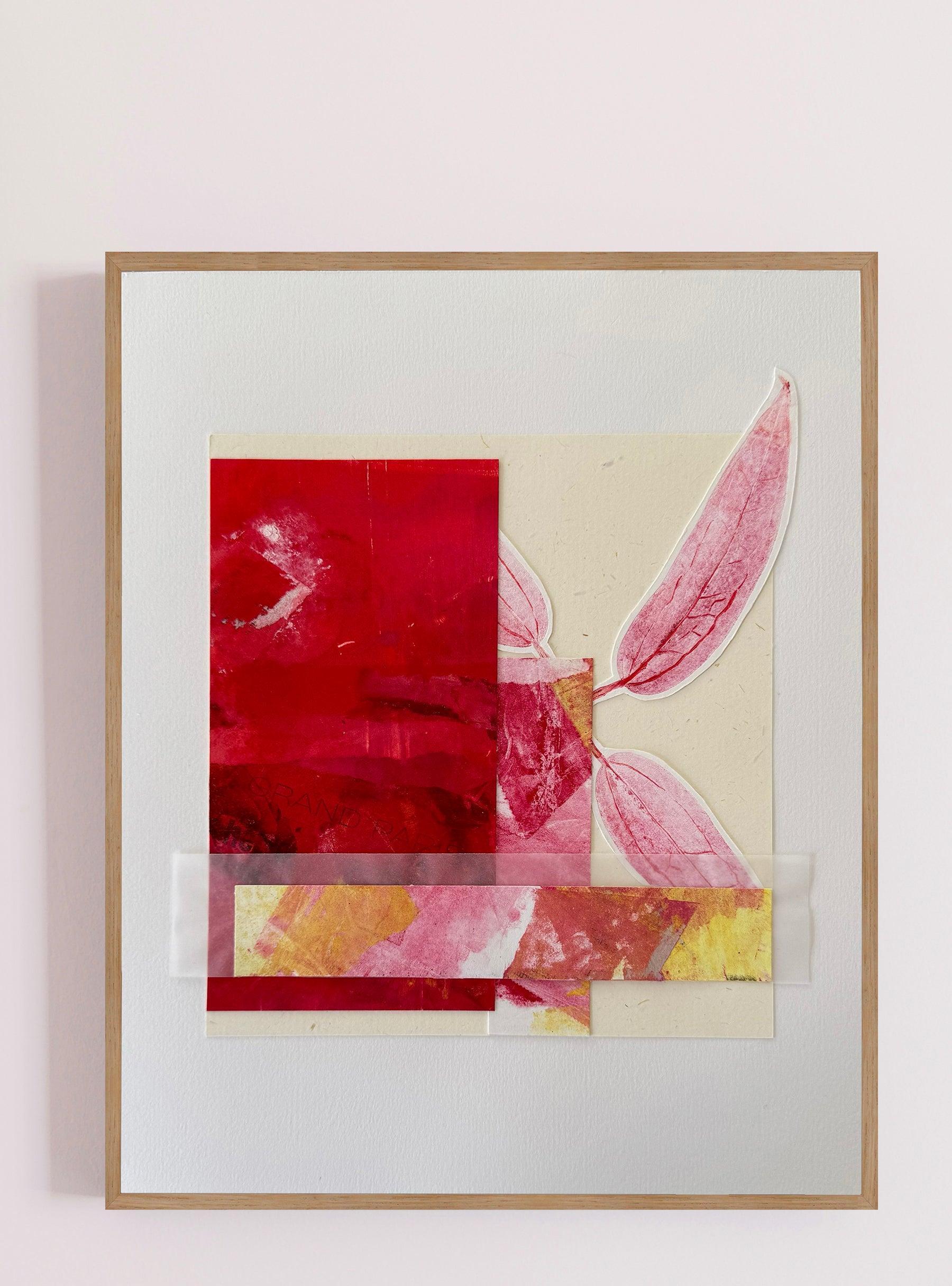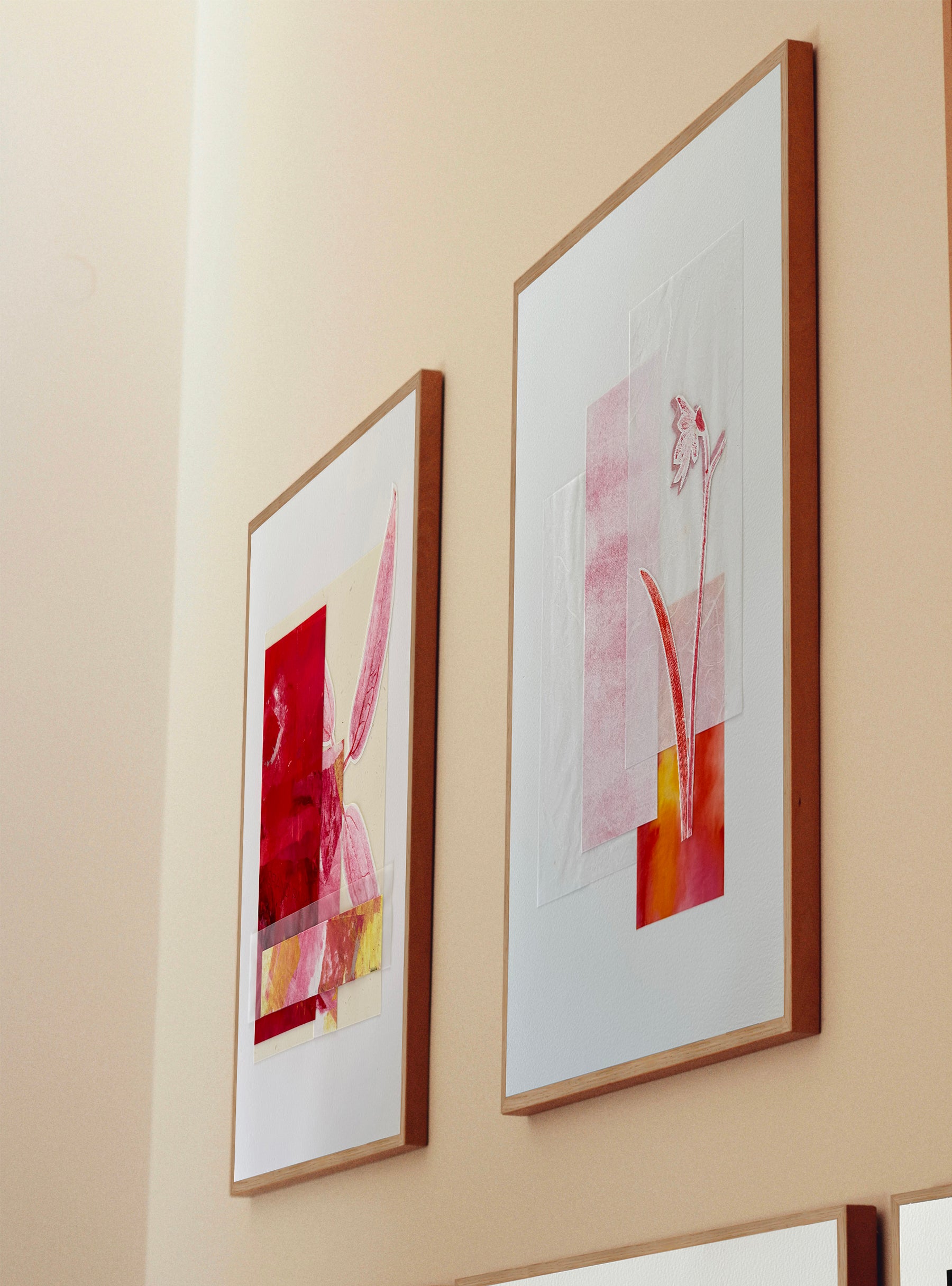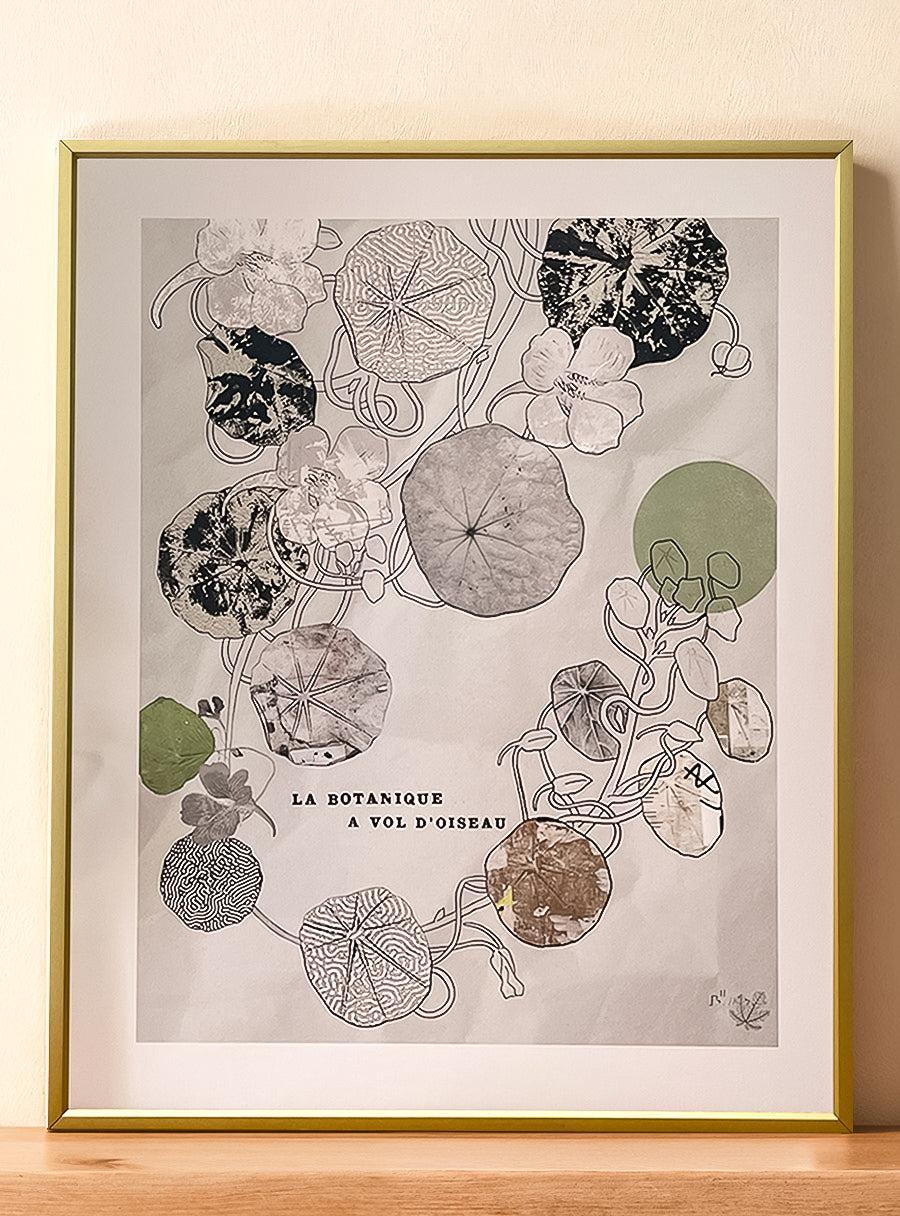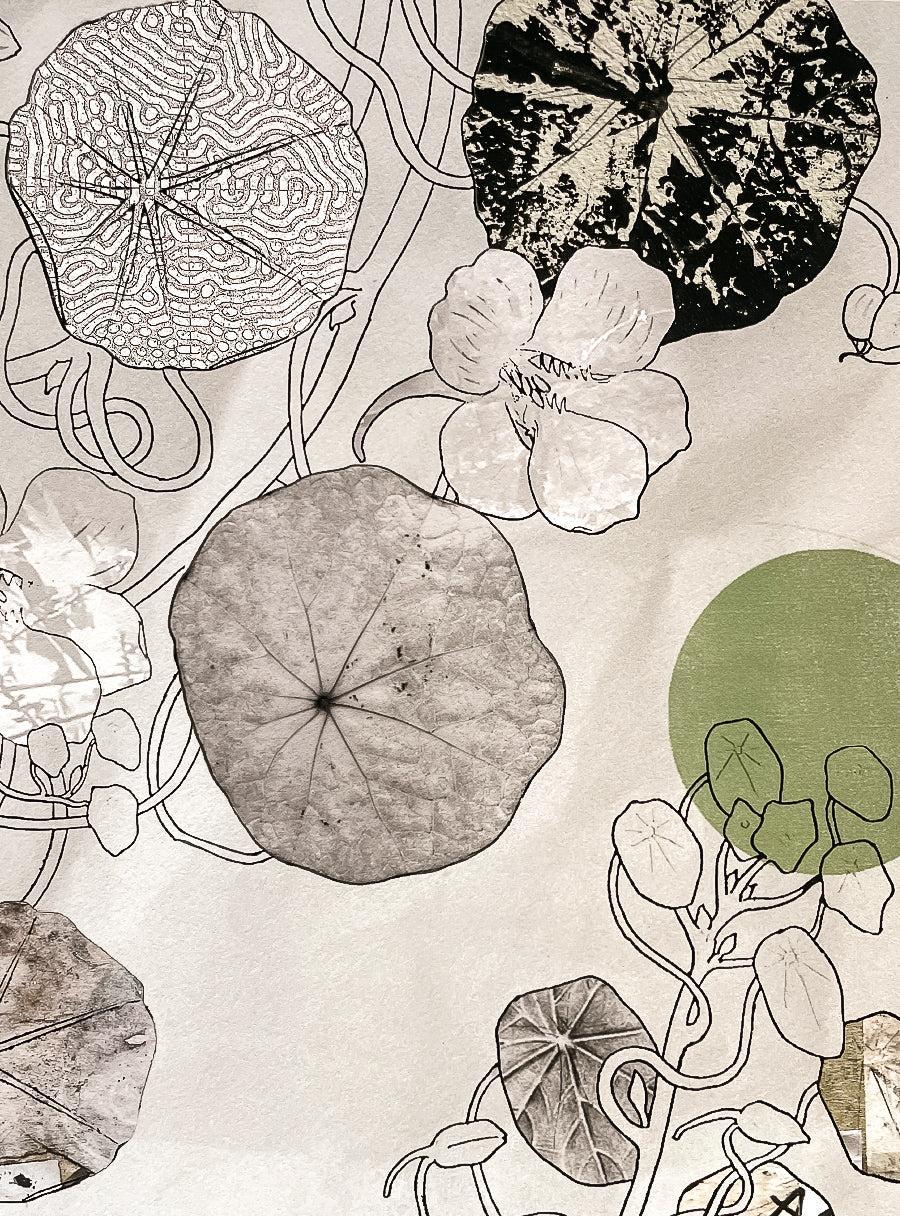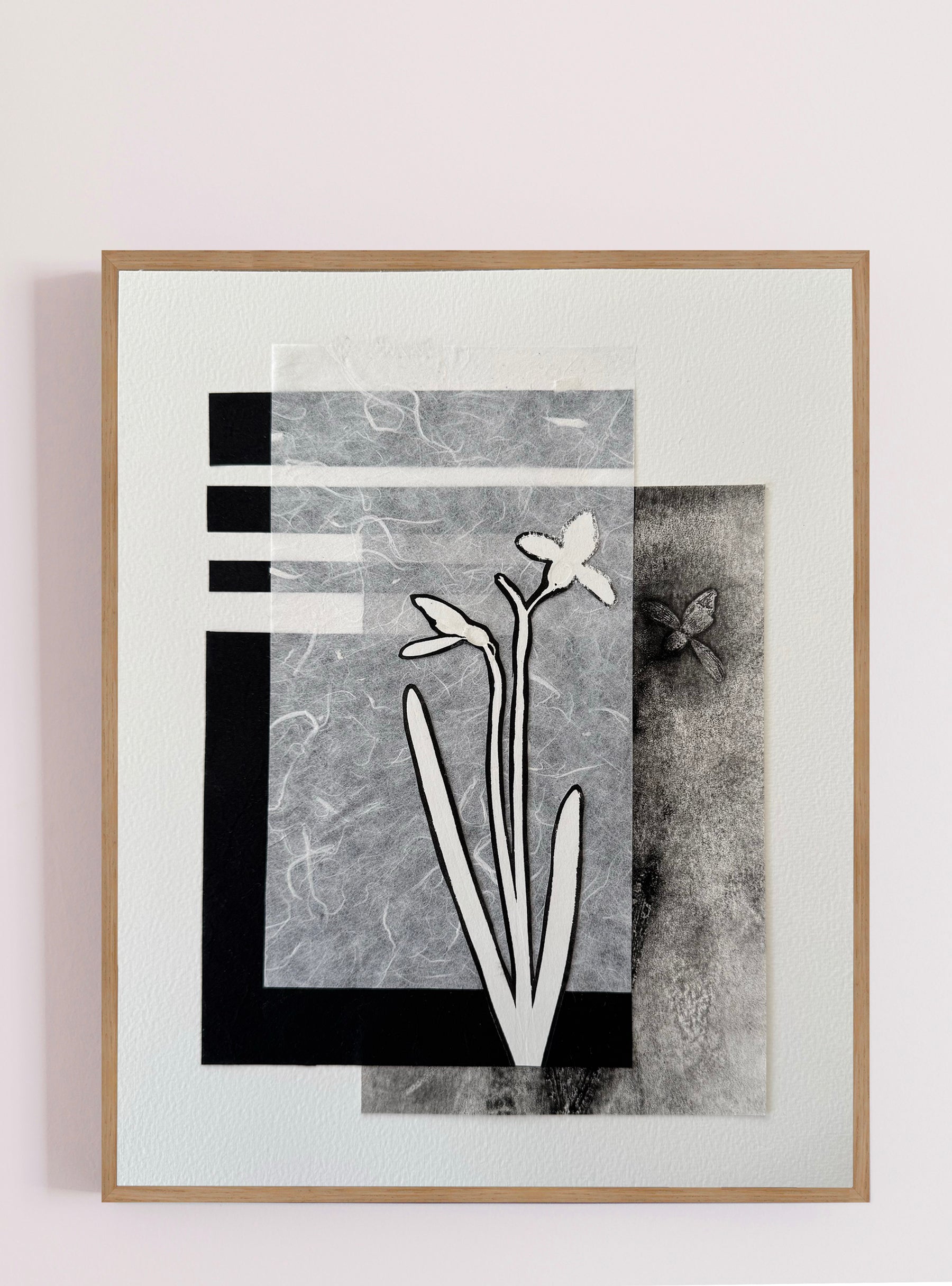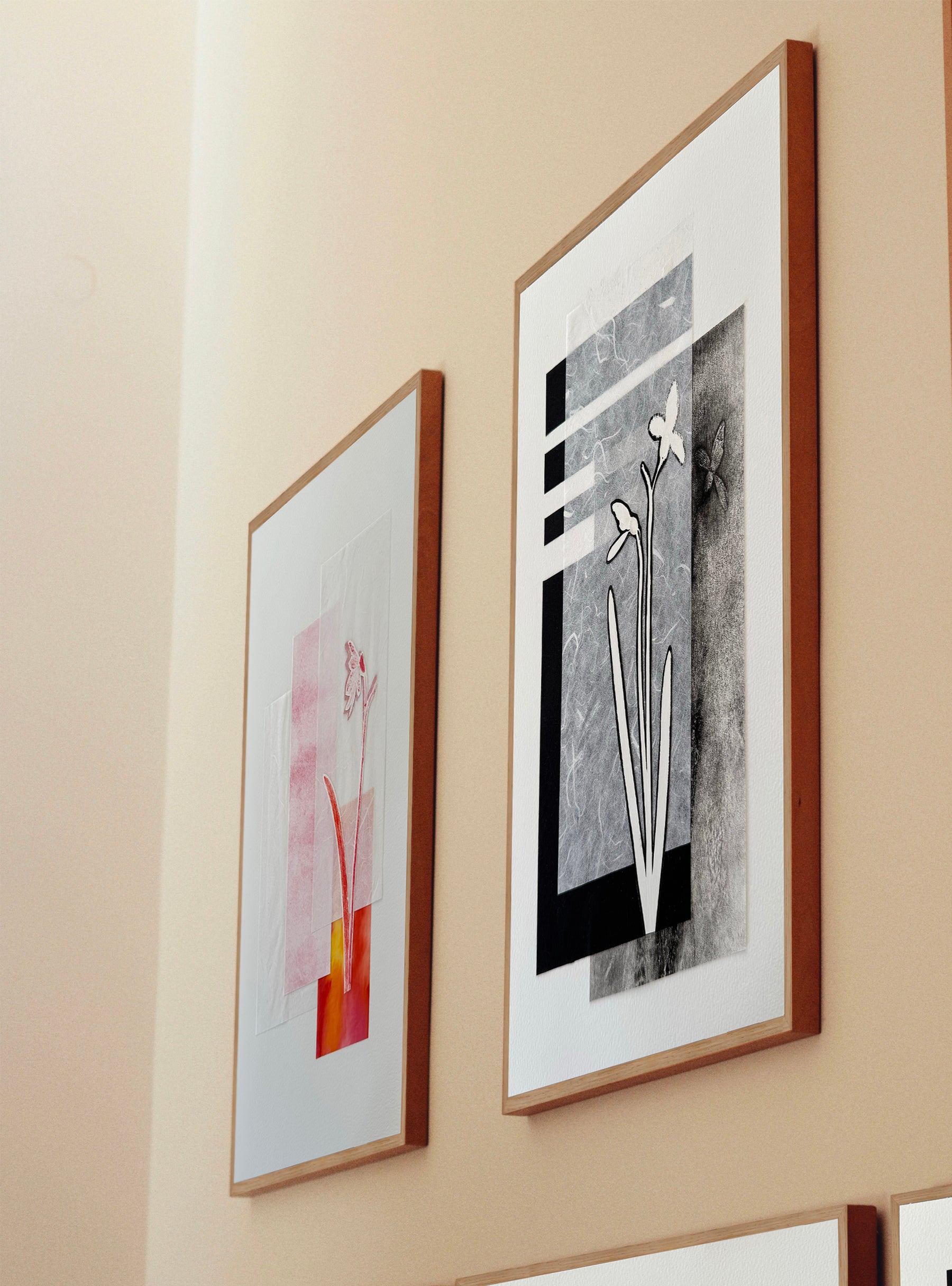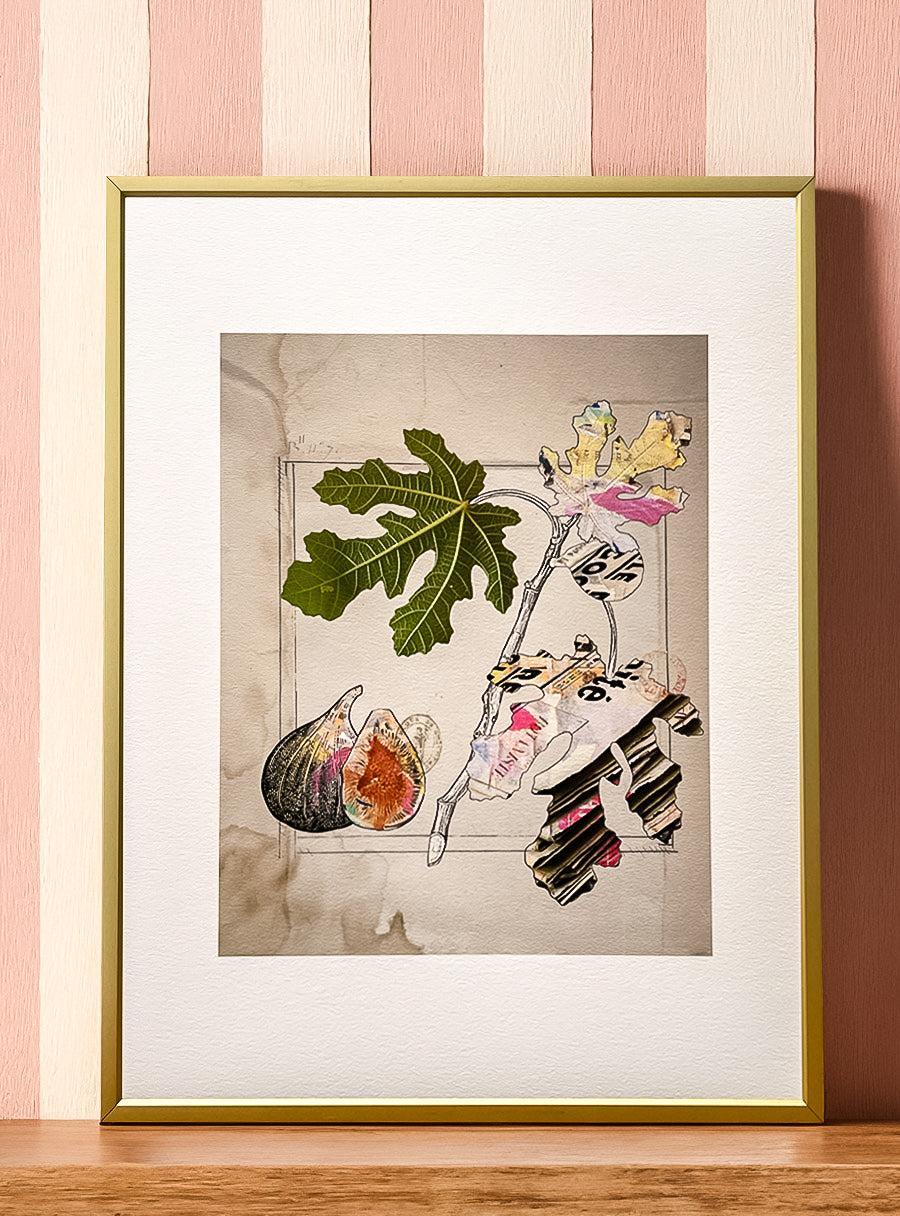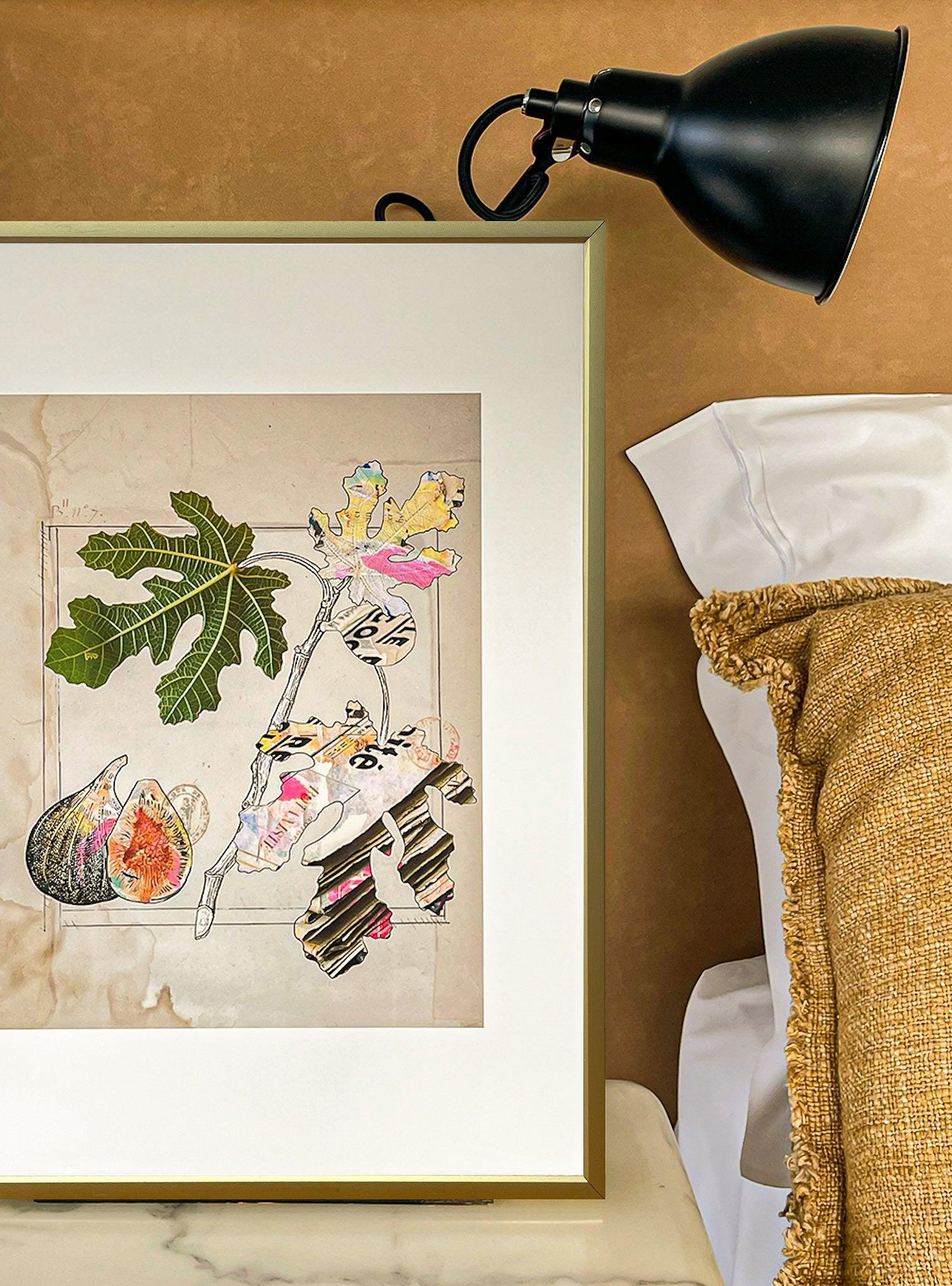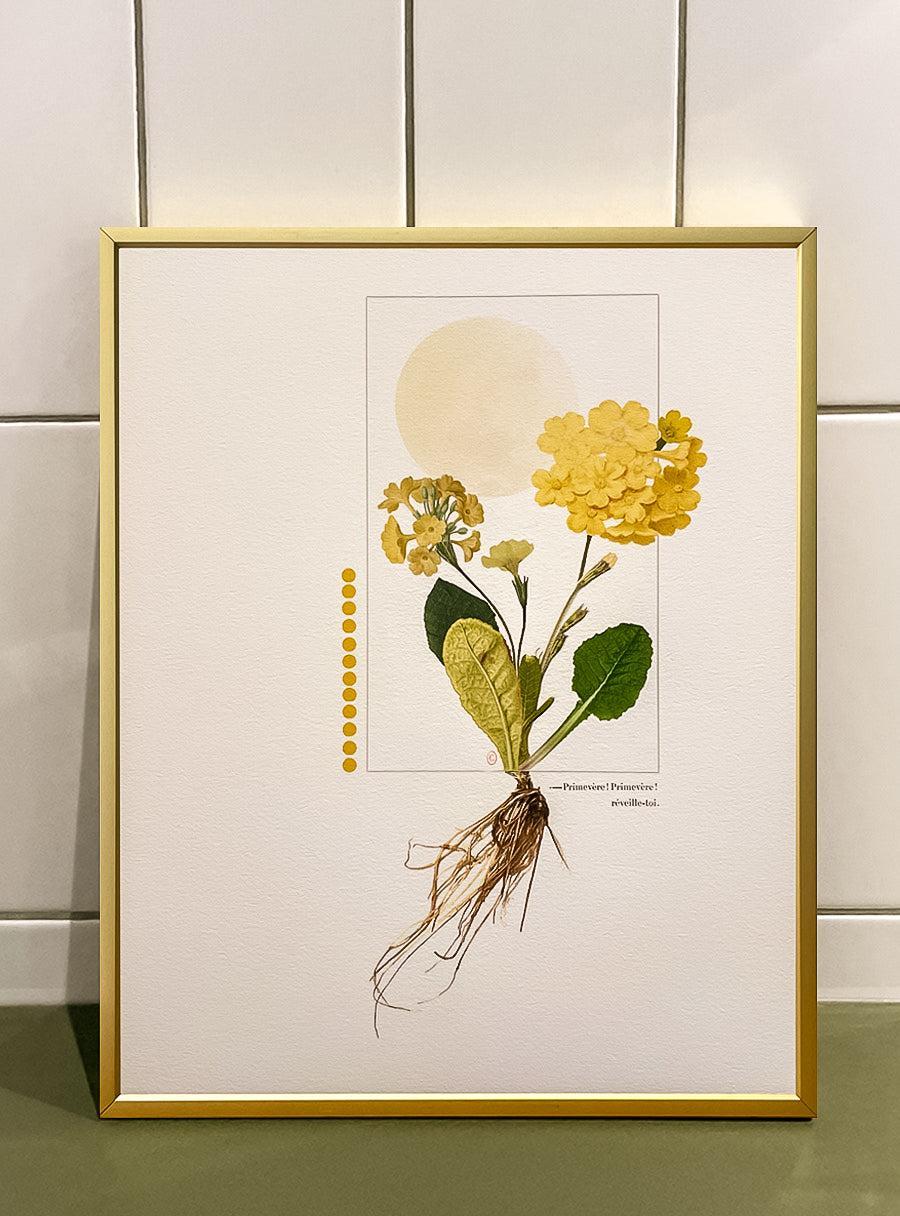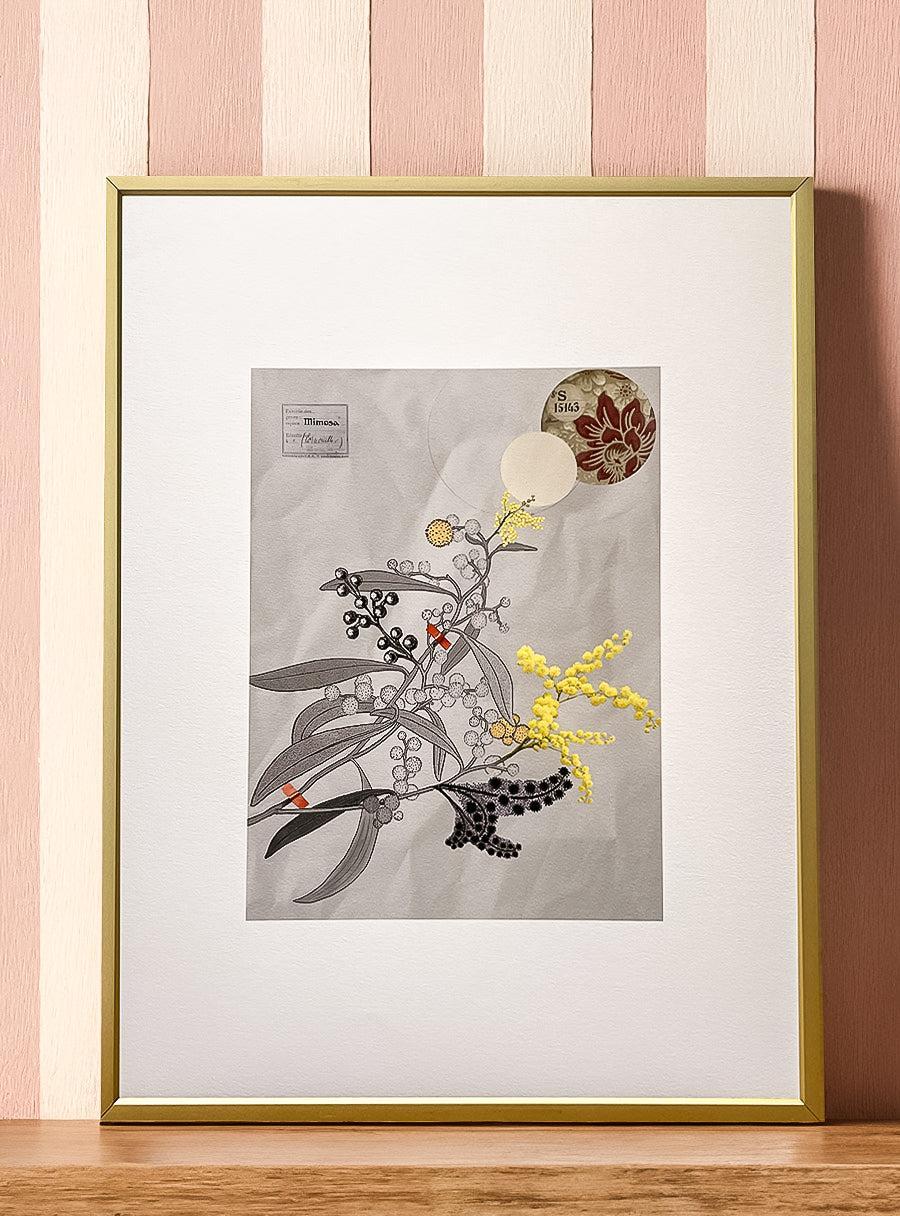Botanical Creation & Art
Cyanotypes and Botanical Art: The Legacy of Anna Atkins
Anna Atkins, a 19th-century English botanist and photographer, is an essential figure in botanical art and photography.
She created the first book illustrated with photographs using the cyanotype technique to accurately document British seaweed.
Thanks to this innovation, she left a valuable scientific and artistic legacy.
Discovering Anna Atkins
Born in 1799 in Tonbridge, England, Anna Atkins, an only child and orphaned by her mother, received a rigorous scientific education - rare for a woman of her time - thanks to her father, John George Children, a renowned scientist.
Trained in scientific drawing, in 1823 she illustrated the English translation, by her father, of the History of Molluscs by the French naturalist Jean-Baptiste de Lamarck.
She married John Pelly Atkins in 1825. The couple had no children. Anna Atkins devoted herself to biology and began to compile a reference herbarium.
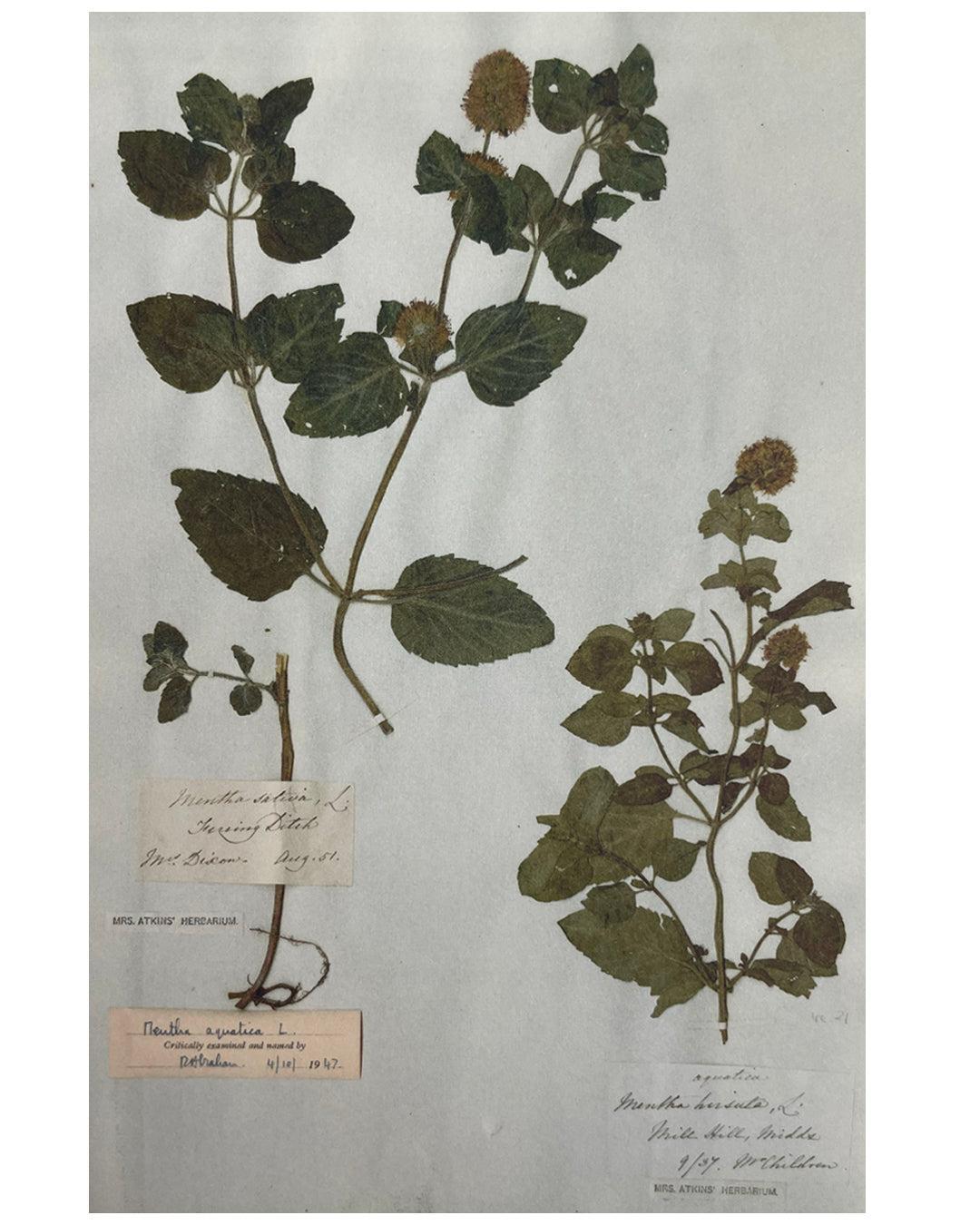
In 1839, she became a member of the London Botanical Society , one of the few learned societies open to women.
Thanks to the photographer William Henry Fox Talbot, she discovered the technique of photograms, one of the first cameraless photographic techniques that the photographer called "photogenic drawing".
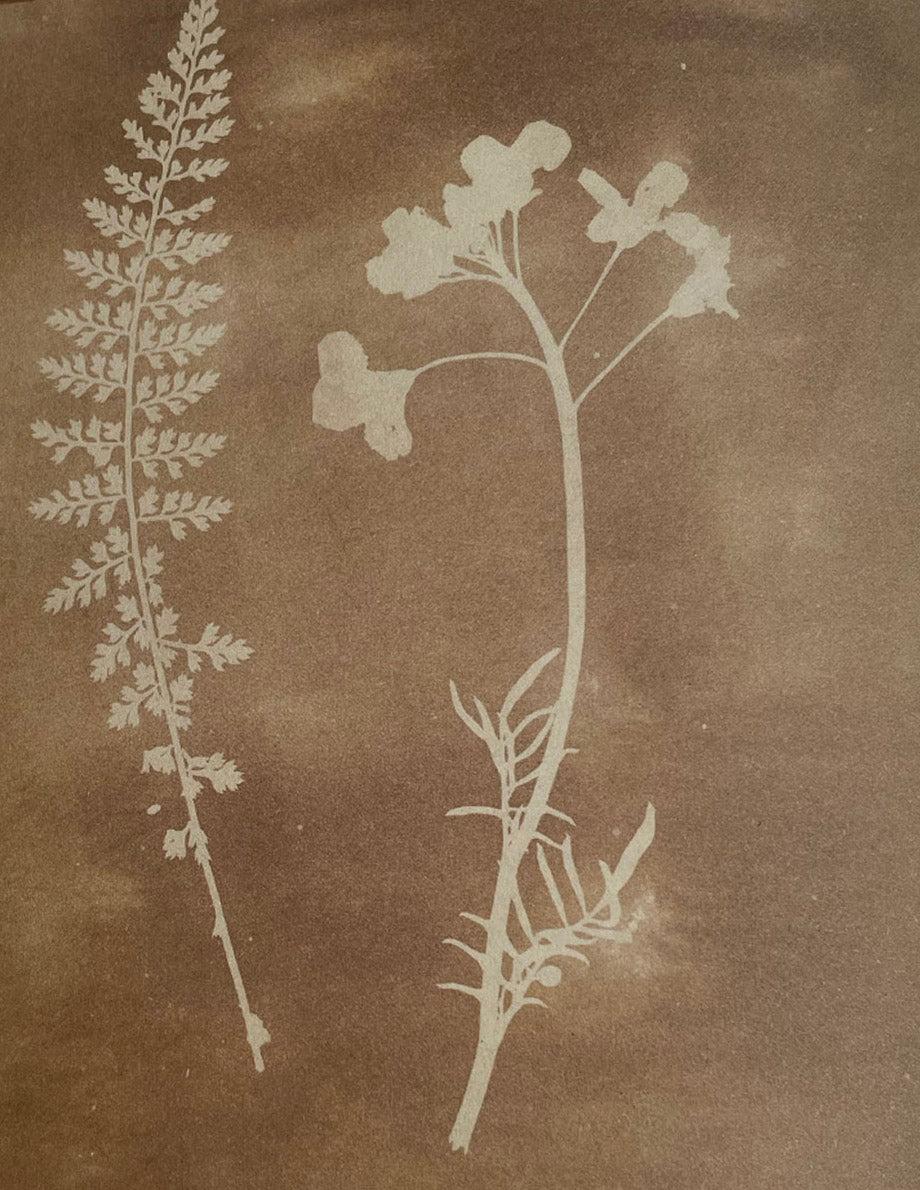
Photogram of William Henry Fox Talbot
Anna Atkins then turned away from graphic methods and became one of the first practitioners of photography on paper.
However, it was the discovery of cyanotype, a process developed from 1842 onwards by John Herschel, an English astronomer and scientist, that revolutionized his work. The cyanotype technique does not use silver salts like WHF Talbot's, but ferric salts.
The innovation of cyanotype
What is a cyanotype? It is a photographic image obtained without a camera.
The specimen - object, plant - is placed on a sheet coated with a photosensitive solution.
After exposure to sunlight, the image fixed by washing with water then stands out in white against a Prussian blue background.
Between 1843 and 1853, Atkins published “Photographs of British Algae: Cyanotype Impressions”, a series of volumes containing hundreds of cyanotypes of algae.
This simple and inexpensive process allows him to accurately capture the details of marine plants.
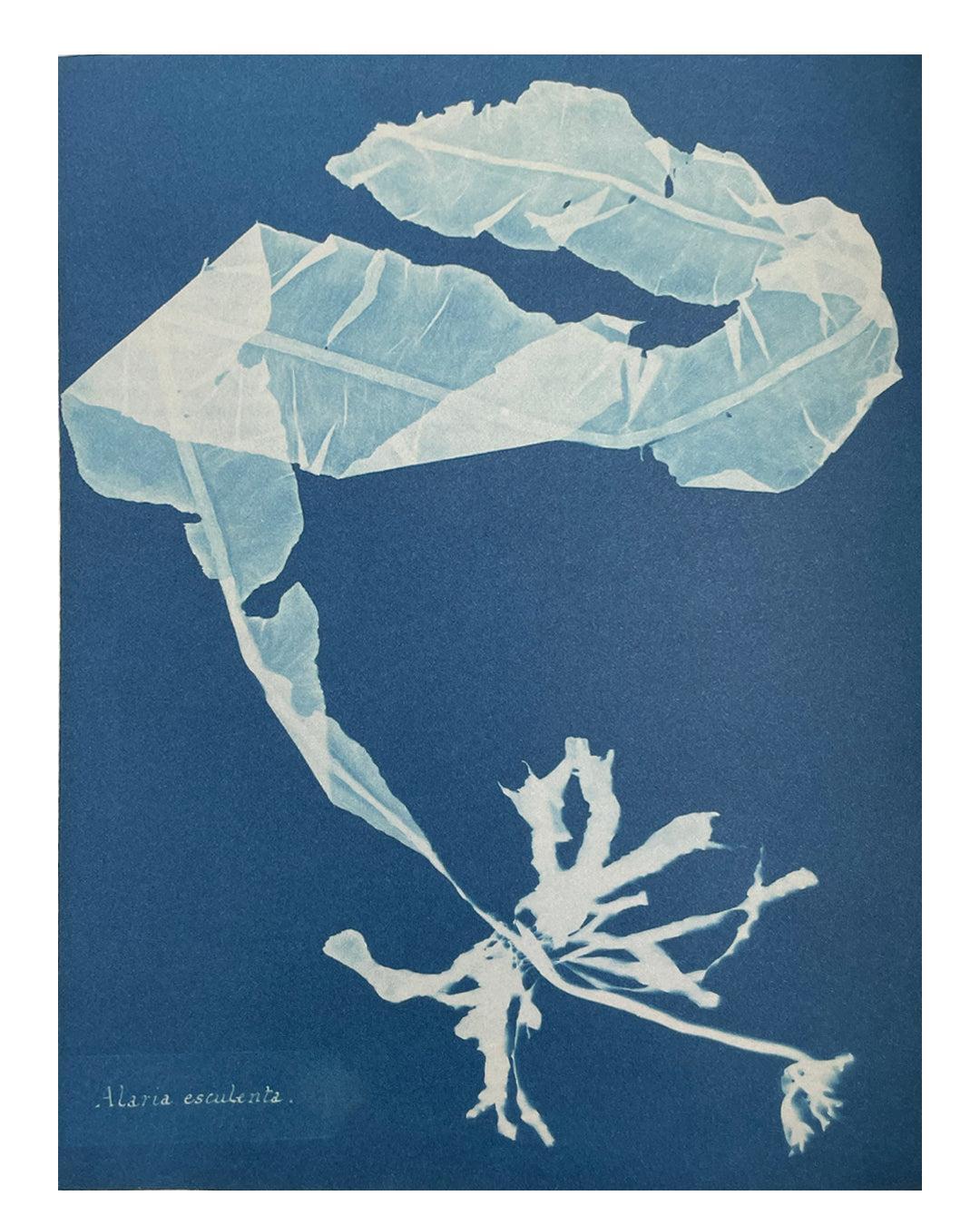
His monumental work represents not only a significant contribution to botany, but also a milestone in the history of photography.
Each specimen is accompanied by detailed scientific notes, making this work a reference.
Although she was long overlooked, Anna Atkins is now celebrated for her cyanotypes, recognized for both their scientific value and their artistic aesthetic.
The plant prints she created have become works of art in their own right, highly prized by collectors and lovers of botanical art.
To learn more about Anna Atkins' cyanotypes, explore the digital collections of libraries, such as those of the National Museum of Natural History , which preserve several of her works.



